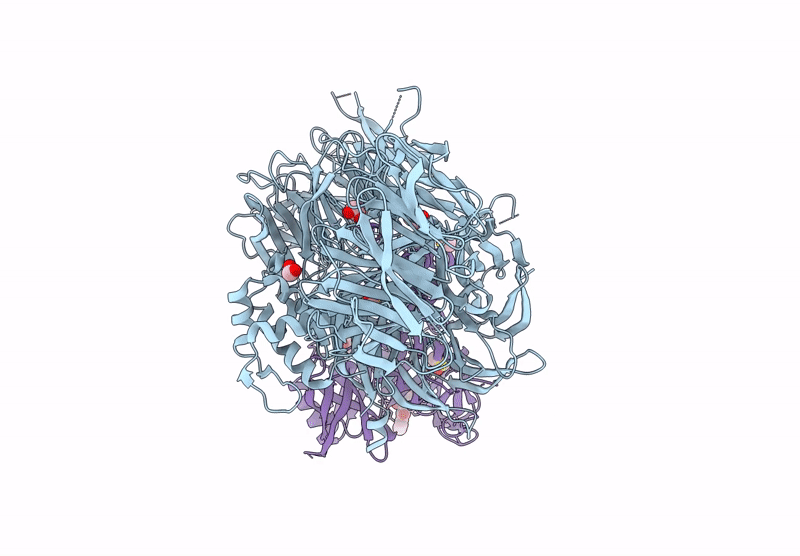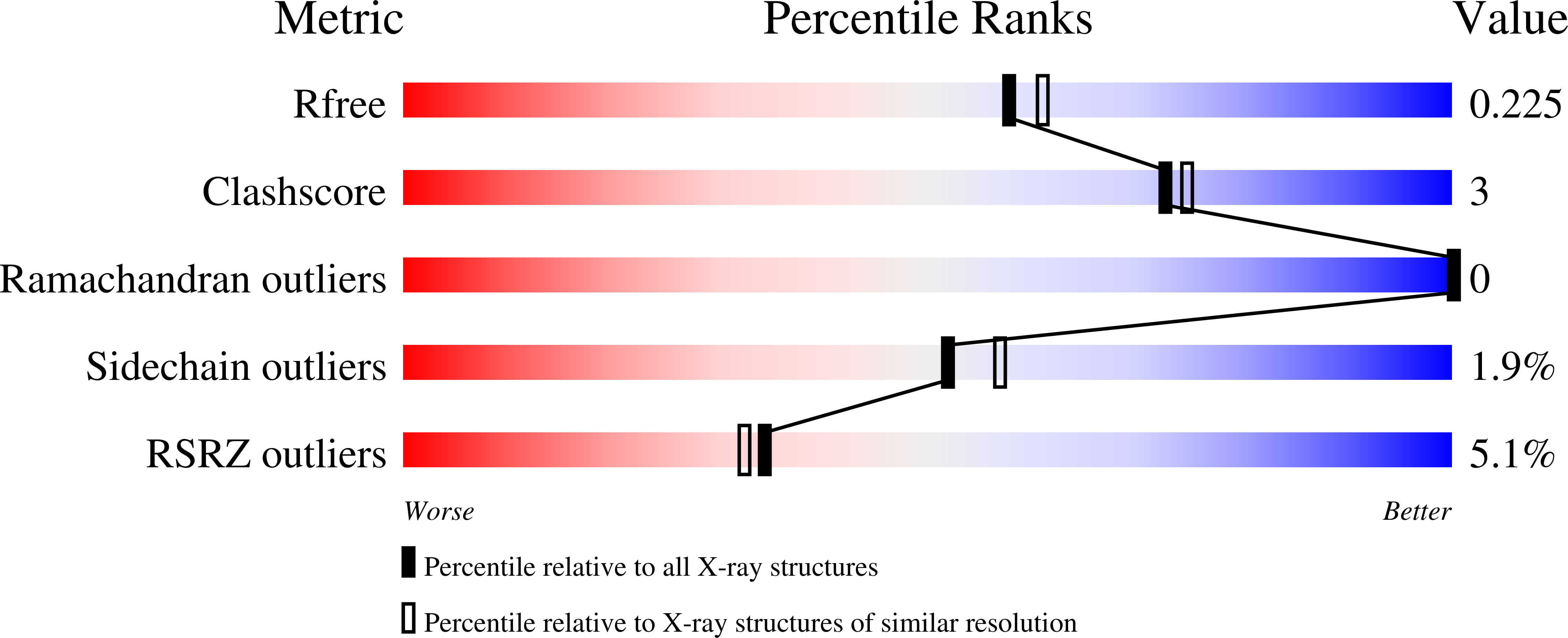
Deposition Date
2024-05-31
Release Date
2025-01-29
Last Version Date
2025-06-11
Entry Detail
PDB ID:
9FJX
Keywords:
Title:
Crystal structure of human CRBN-DDB1 in complex with Lenalidomide
Biological Source:
Source Organism:
Homo sapiens (Taxon ID: 9606)
Host Organism:
Method Details:
Experimental Method:
Resolution:
2.00 Å
R-Value Free:
0.23
R-Value Work:
0.19
R-Value Observed:
0.19
Space Group:
P 21 21 21


